
The American fast-food landscape is undergoing a significant transformation, with even the largest sandwich chains feeling the pressure of shifting consumer habits and economic headwinds.
Once considered a staple of convenience and affordability, chains like Subway are quietly closing locations across the country. This trend is part of a larger shift in how Americans eat, spend, and prioritize their time and money.
This article explores the factors driving these closures, the challenges faced by fast-food giants, and what it means for the future of quick-service dining in the United States.
The Cost of Convenience
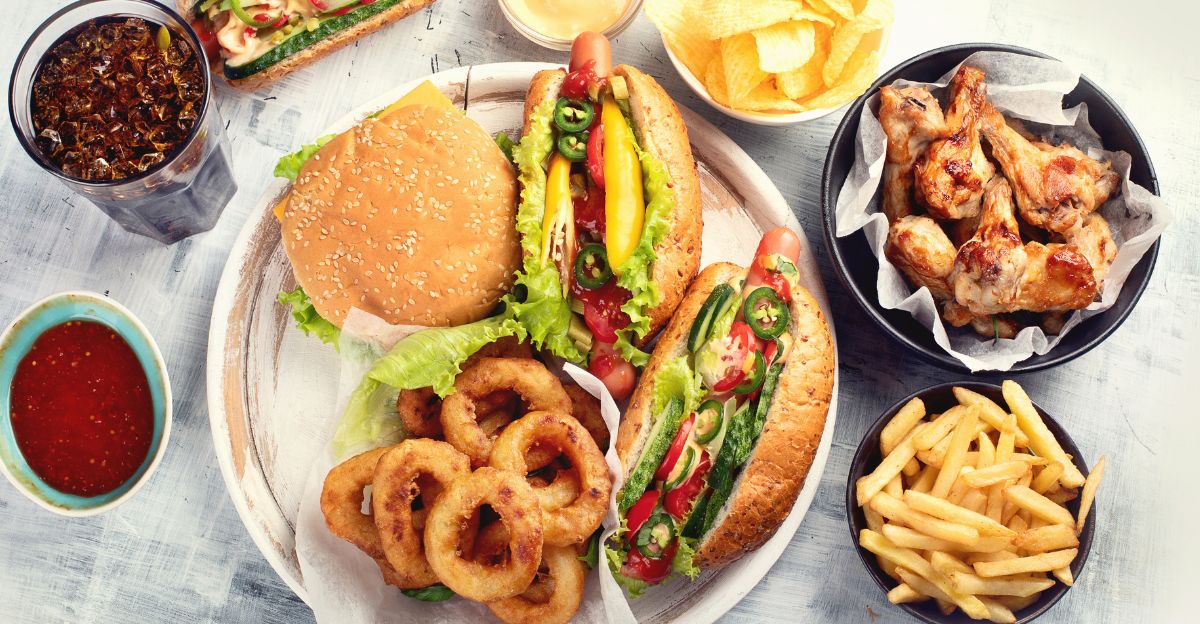
For many, the appeal of fast-food sandwiches lies in their convenience. A meal that would require only a few dollars’ worth of raw ingredients at home can easily run upwards of $12 at a restaurant.
However, that extra cost buys more than just food—it saves time spent shopping, preparing, and cleaning up.
While increased inflation is stretching household budgets, the premium for convenience is becoming more difficult for consumers to justify, leading to a noticeable decline in restaurant spending.
Inflation’s Bite on Dining Out

Inflation remains a stubborn challenge for the restaurant industry, although the inflation rate has moderated over the past several years.
Restaurants have had little choice but to raise menu prices as the cost of ingredients, labor, and rent has increased.
According to industry surveys, more than half of U.S. adults said they have cut back on dining out in 2024, with many feeling that fast-food prices were simply too high. This has made it challenging for chains to maintain customer loyalty, particularly among diners on a budget.
The Role of Urbanization in Fast Food Decline
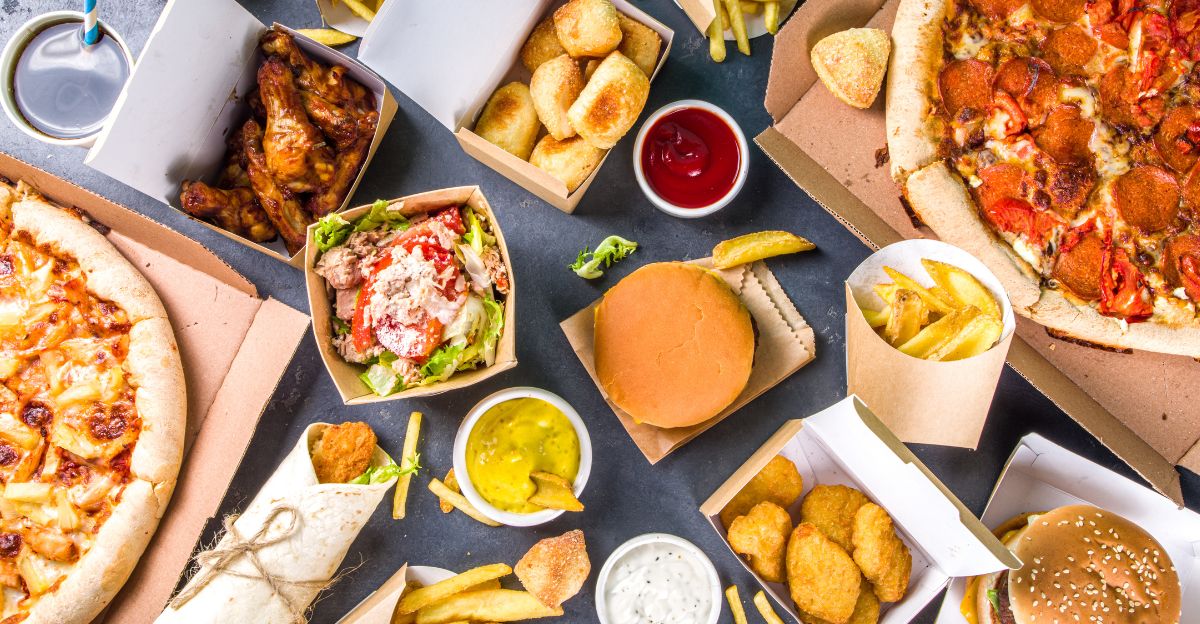
As urban living spaces become more compact, the demand for large fast-food outlets diminishes. Now, consumers are gravitating towards smaller, niche eateries or food trucks that offer unique experiences.
This urban shift threatens more traditional chains, such as Subway, which rely on spacious storefronts. It forces a reevaluation of store locations to meet changing city lifestyles.
The Impact of Work-From-Home on Fast Food Traffic

The rise of remote work has drastically changed lunchtime routines. Without daily commutes, fewer workers are stopping in at fast-food restaurants near office hubs.
That decline in foot traffic has led to a dip in sales for chains that rely on quick lunch crowds, leading them to experiment with delivery options and meal kits that are easy to prepare.
Economic Polarization and Its Effect on Dining Choices
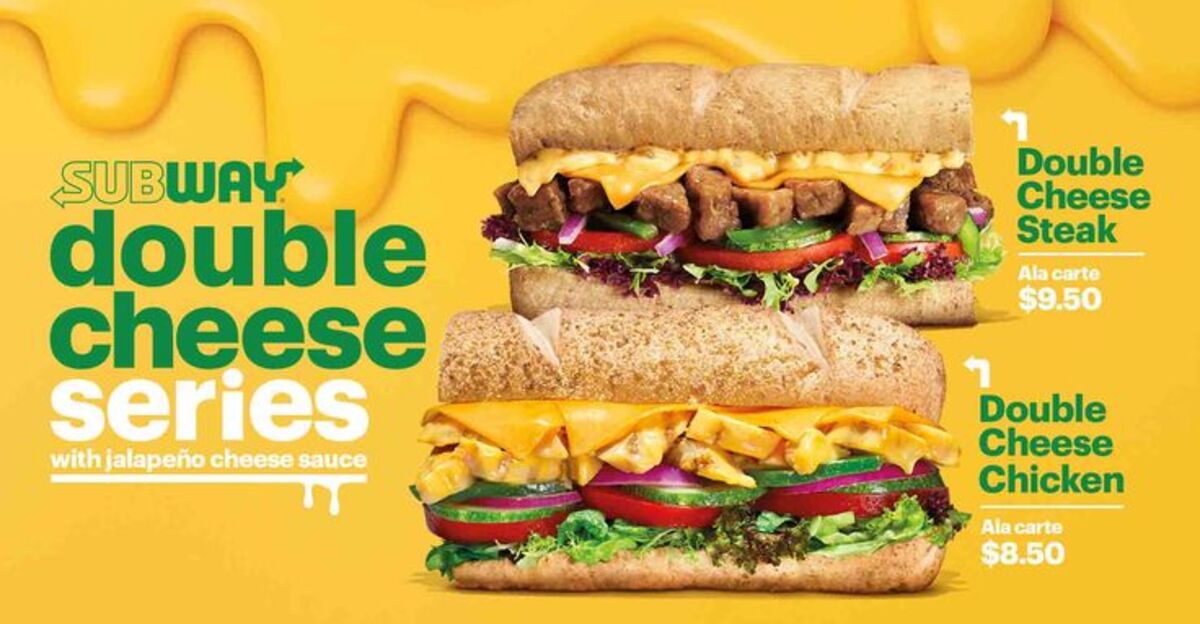
Economic polarization means that while some consumers choose premium fast-casual dining, others prioritize ultra-budget options.
This divergence compels fast food chains to either upscale their offerings or compete on price aggressively.
Subway’s middle-market positioning fails to fully satisfy either group, contributing to its decline and the need for strategic repositioning.
Fast-Food Chains Under Pressure
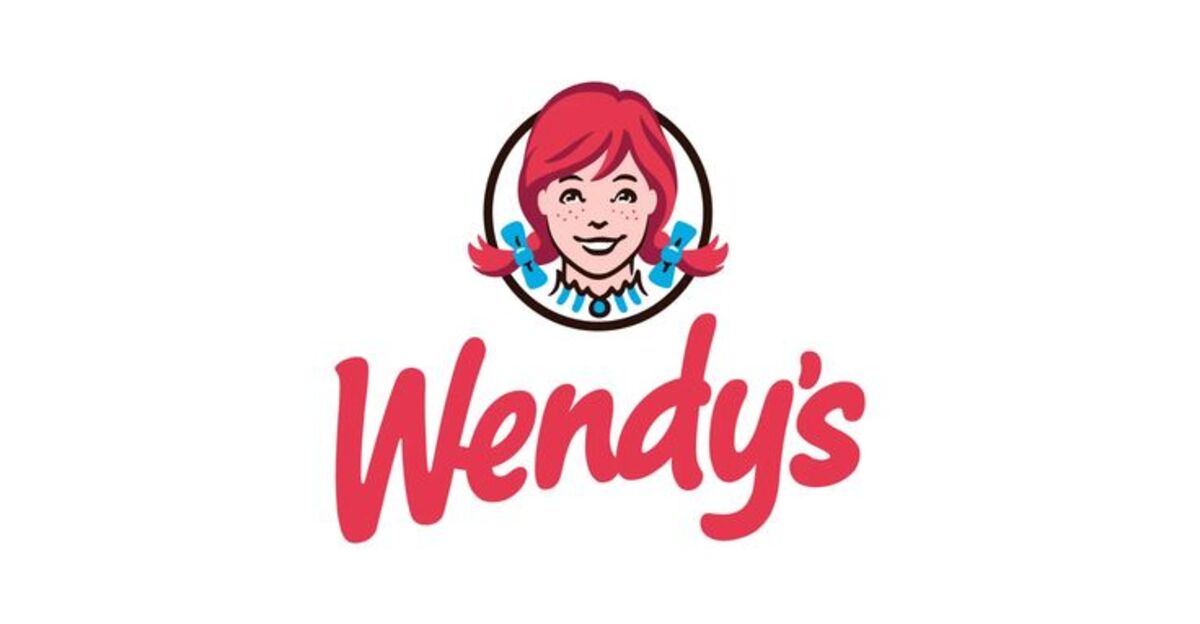
Contrary to expectations, fast food restaurants are not immune to these economic pressures. Traditionally perceived as a lower-cost option to full-service dining, even major chains are struggling to retain customers.
Wendy’s announced plans to close 140 locations in 2024, and Jack in the Box was targeting up to 200 closures as part of an effort to streamline operations. These moves underscore broader pressures in the industry as consumer habits change and competition heats up.
The Challenge of Franchise Model Sustainability
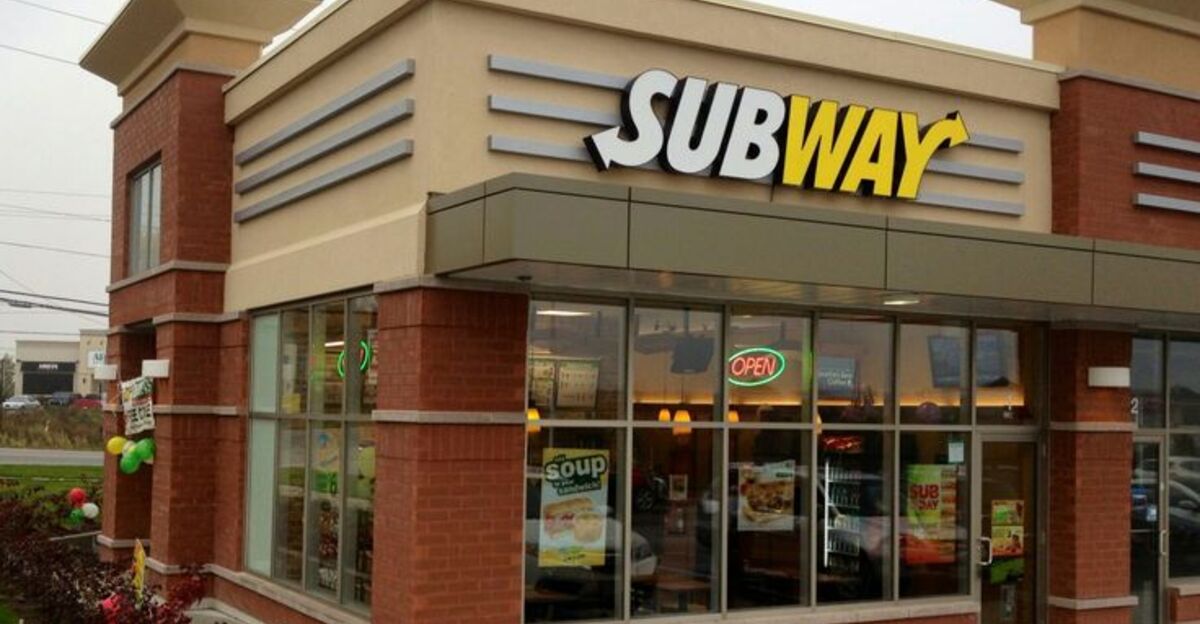
Many of Subway’s closures have also been driven by struggling franchisees, rather than corporate failures. Franchisees are battling higher operating costs and fierce competition, which is resulting in closures.
This highlights the fragility of franchise models in volatile markets and underscores the requirement for stronger support systems and a flexible business model for franchisees.
Subway’s Shrinking Footprint
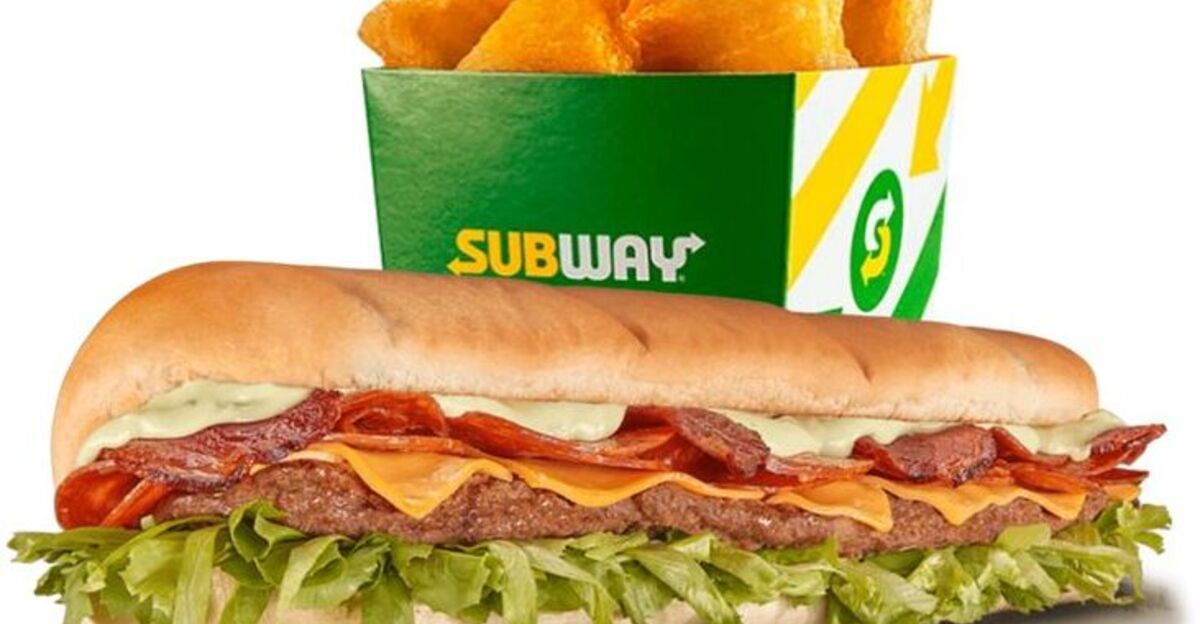
Subway, once the largest restaurant chain in the U.S. by number of locations, has seen a significant contraction in recent years. With more than 27,000 stores in 2015, the chain now has fewer than 20,000 stores nationwide.
In 2024 alone, Subway closed 631 U.S. restaurants, marking the eighth year in a row of net closures. However, Subway still remains the country’s biggest chain by number of stores, although its ongoing decline is a sign of deeper issues.
Secret Closures and Consumer Uncertainty
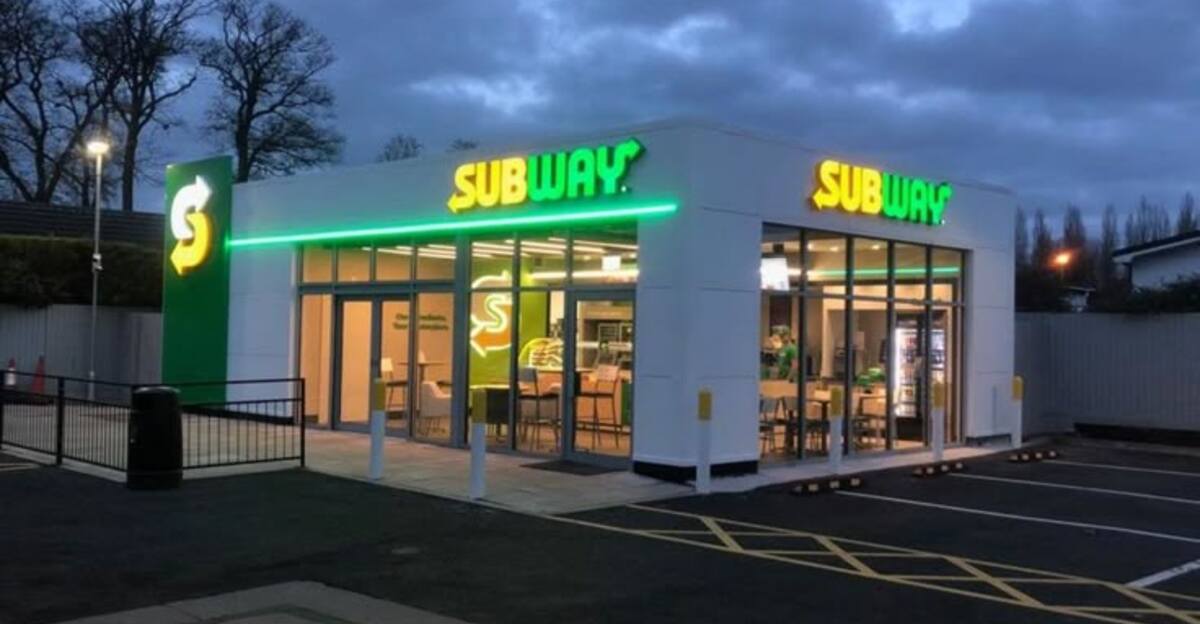
Contributing to consumers’ anxieties is the manner in which many Subway locations are vanishing. Recent shutdowns, like those in New Jersey, have come with no public announcement or advance notice.
Customers arrived at their local stores to find them shut down overnight, sparking speculation and concern about the chain’s stability.
The lack of transparency has heightened concerns among Subway’s loyal customers who rely on the chain for fast, familiar meals.
The Growing Importance of Food Transparency

Consumers demand transparency about ingredients sourcing, nutritional content, and ethical practices. Fast food chains that provide transparent, accessible information create trust and loyalty.
The challenge for Subway is getting the message across to win back that trust in a world where skepticism has turned into cynicism about processed and fast food among a segment of the public.
Changing Consumer Priorities

The decline in Subway’s fortunes is in part a reflection of changing consumer habits. Consumers are choosing healthier, innovative, and convenient options.
Fast-food chains are responding by updating menus, incorporating technology, and serving more plant-based and customizable options.
Subway has made efforts to adapt, rolling out new menu items and digital ordering systems, but it hasn’t been enough to combat the tide of closures.
Changes in Family Dining Habits

Today’s families are focused on eating healthier, home-cooked meals instead of fast food dining, as awareness around nutrition and wellness continues to grow.
This transition also leads to less frequent dining at quick-service restaurants. To regain this important consumer segment, fast food chains must also adjust to value-driven, family-friendly meal bundles with balanced nutrition.
Menu Fatigue And the Gaps in Innovation

Menu fatigue has been one of Subway’s persistent challenges. While convenience remains a draw, the chain’s offerings have drawn complaints about a lack of innovation compared to its rivals.
Other quick-service chains have pivoted with bold flavors, celebrity endorsements, and tech-driven experiences to appeal to a younger and more diverse customer base.
Subway’s methodical approach to menu innovation and digital adoption has left it trailing behind in an increasingly competitive market.
Cultural Trends Toward Local and Artisanal Foods

Consumers increasingly favor local and artisanal options over standardized fast food menus. This cultural shift forces national chains to embrace regional flavors and locally sourced ingredients.
Subway’s standardized menu also comes under pressure as diners increasingly crave authentic food and a connection to the origin of their food, pushing chains toward hyper-local customization.
The Role of Social Media in Fast Food Popularity

Social media trends increasingly dictate fast food success. Viral menu items and influencer endorsements can rapidly boost or tank a brand’s image.
Chains that fail to engage dynamically on platforms like TikTok and Instagram risk losing younger customers who are more interested in novelty or shareable dining experiences beyond traditional sandwich offerings.
Technology’s Impact on the Fast Food Industry
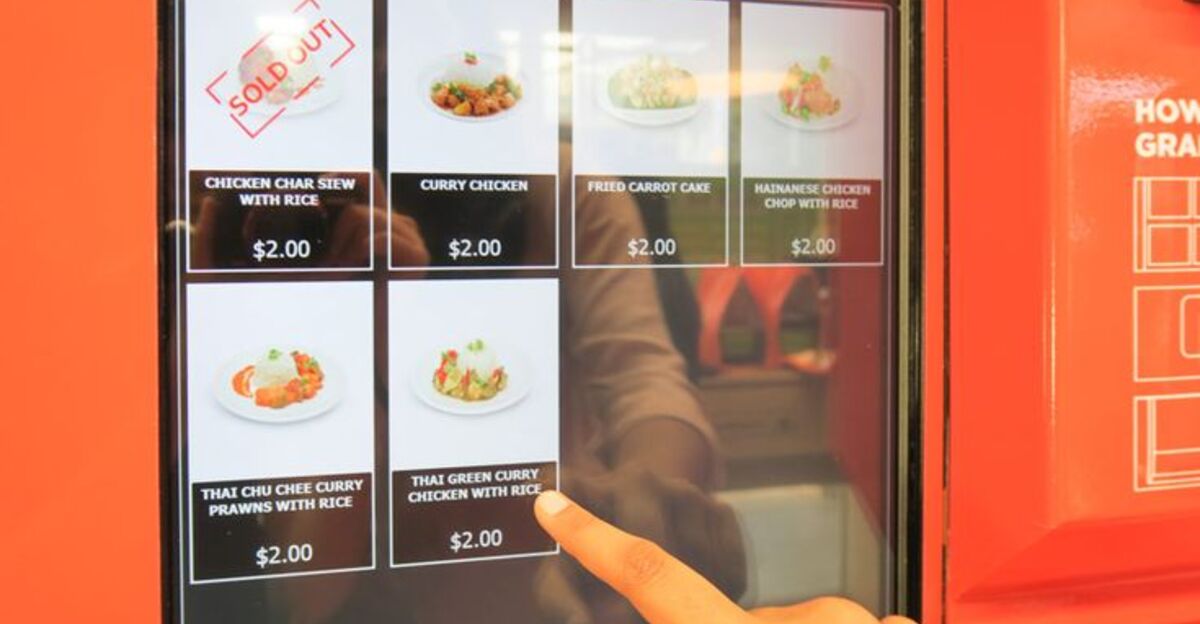
Technology is changing the fast food experience, with new digital ordering, loyalty programs, and contactless payments becoming standard.
Chains that invest in these tools are better positioned to meet consumer expectations for speed and convenience.
While Subway has made some headway on its digital initiatives and third-party delivery integration, it still lags behind industry leaders in leveraging technology to enhance customer engagement and streamline operations.
Environmental Regulations Affecting the Fast Food Sector

Stricter environmental regulations on waste management and energy use have added costs to fast-food chains.
Compliance can mean costly investments in sustainable packaging and energy-efficient equipment that can put an added strain on tight budgets, especially for smaller franchisees.
These regulatory pressures accelerate the need for innovation in eco-friendly practices across the industry.
Psychological Impact of Brand Saturation
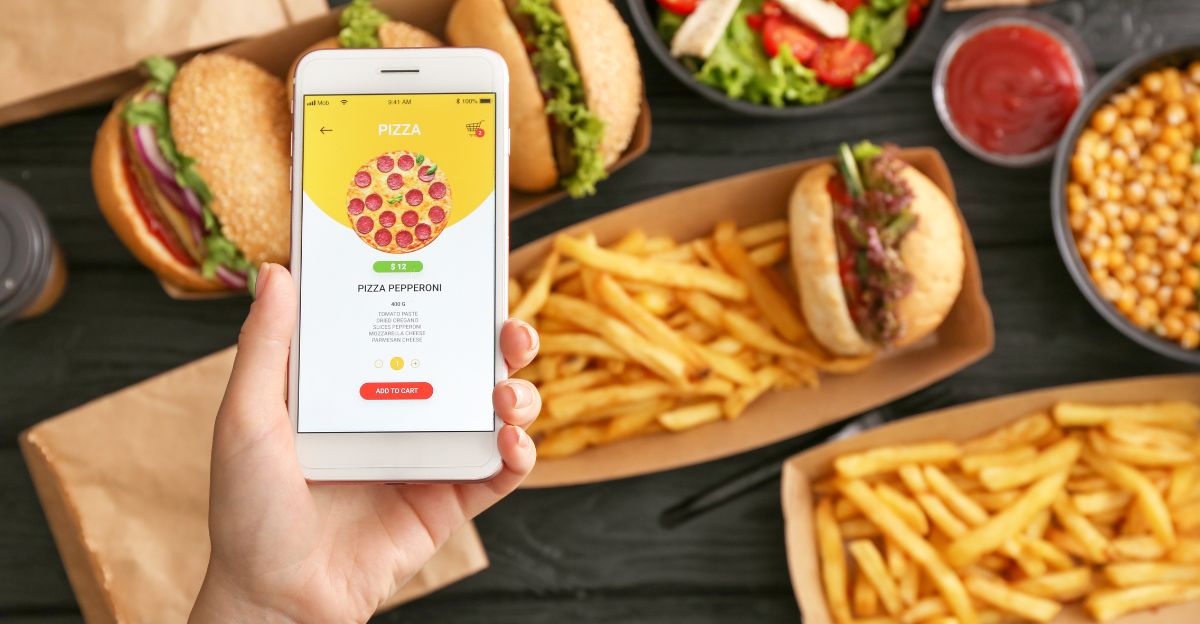
Brand saturation leads to consumer fatigue, where the overwhelming number of fast food options causes indecision or disinterest.
Subway’s extensive presence actually has the opposite effect, making the brand feel ubiquitous but uninspiring.
To counteract this, chains need to create distinct, memorable experiences that differentiate them in crowded markets.
Trends Across the Industry and What’s Next

The challenges plaguing Subway reflect broader shifts in the fast-food industry. Health-conscious menus, sustainability, and technology-driven services are now the norm for maintaining a competitive edge.
And as inflation continues to squeeze household budgets, brands must balance affordability with innovation. The closure of Subway locations serves as a warning to the industry: adapt quickly or risk losing ground in a rapidly changing market.
What This Means for Consumers
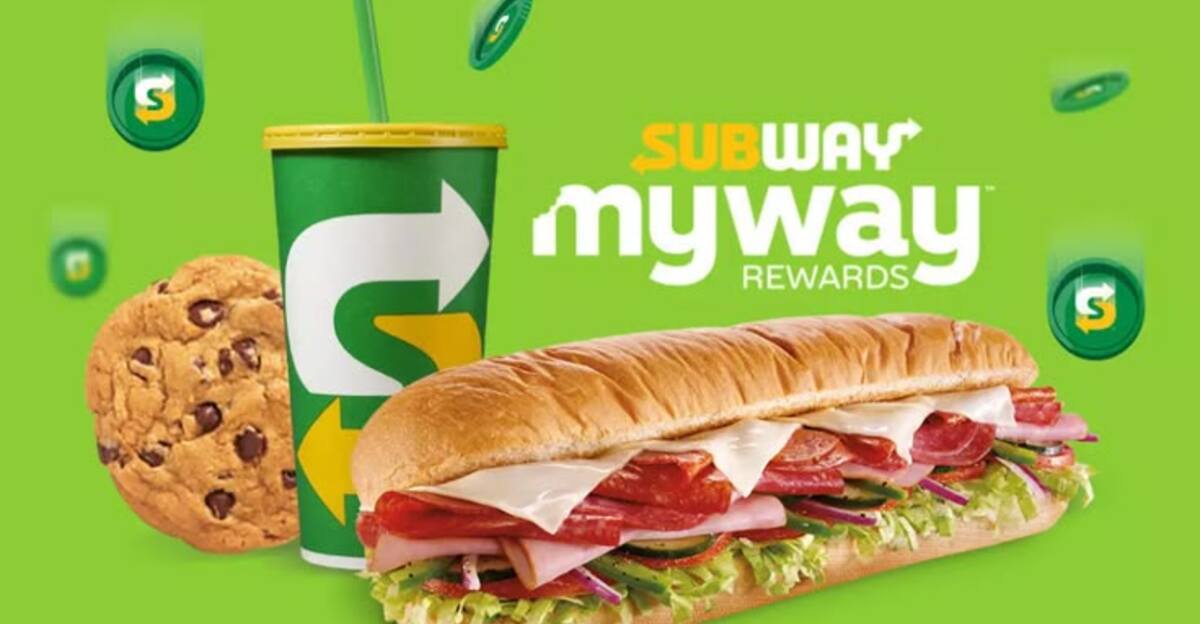
For fans of Subway and similar chains, the wave of quiet closures is both disappointing and concerning. The loss of familiar neighborhood restaurants reduces dining options and signals a more uncertain future for the fast-food industry.
If brands don’t find new ways to engage with customers and address shifting priorities, more closures should be expected in the years ahead.
For now, the convenience of a quick sandwich may be more expensive than ever, not just in dollars, but in terms of dwindling options for a once-ubiquitous chain.
